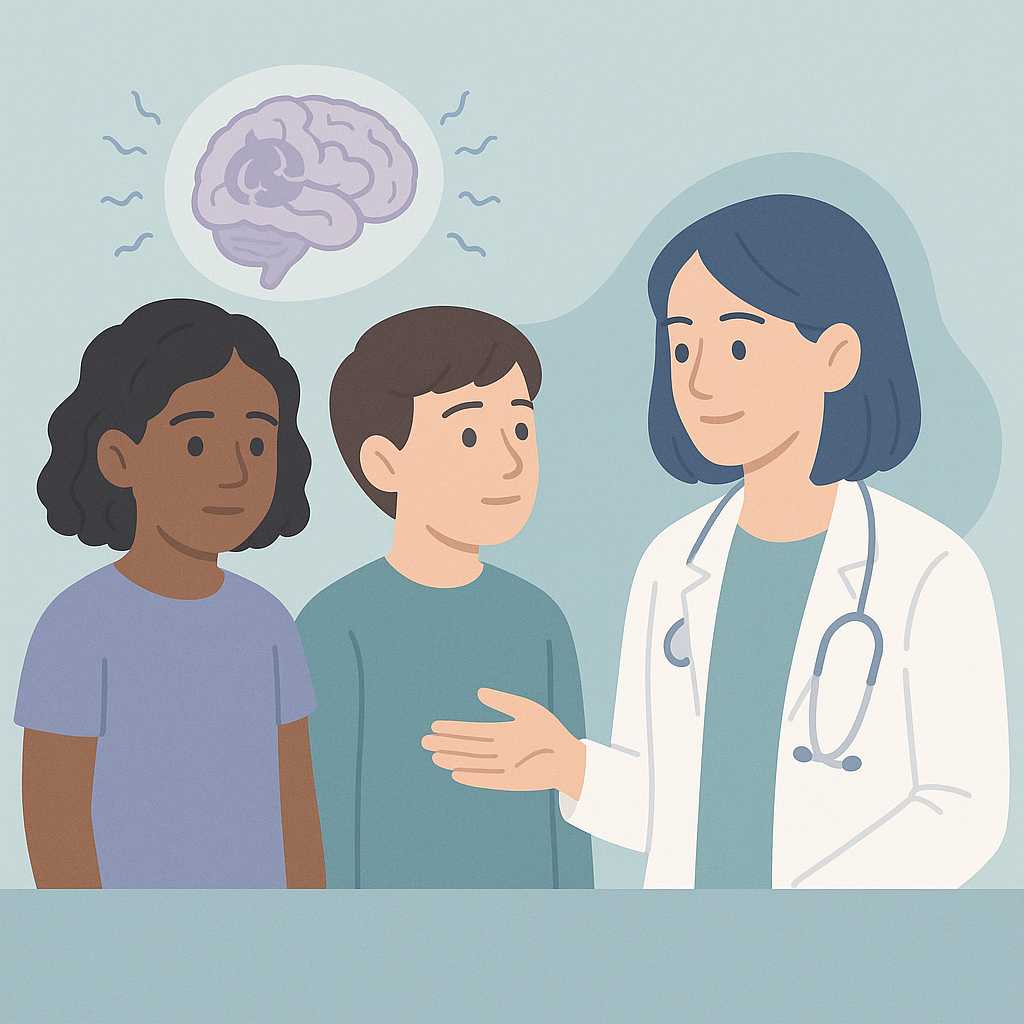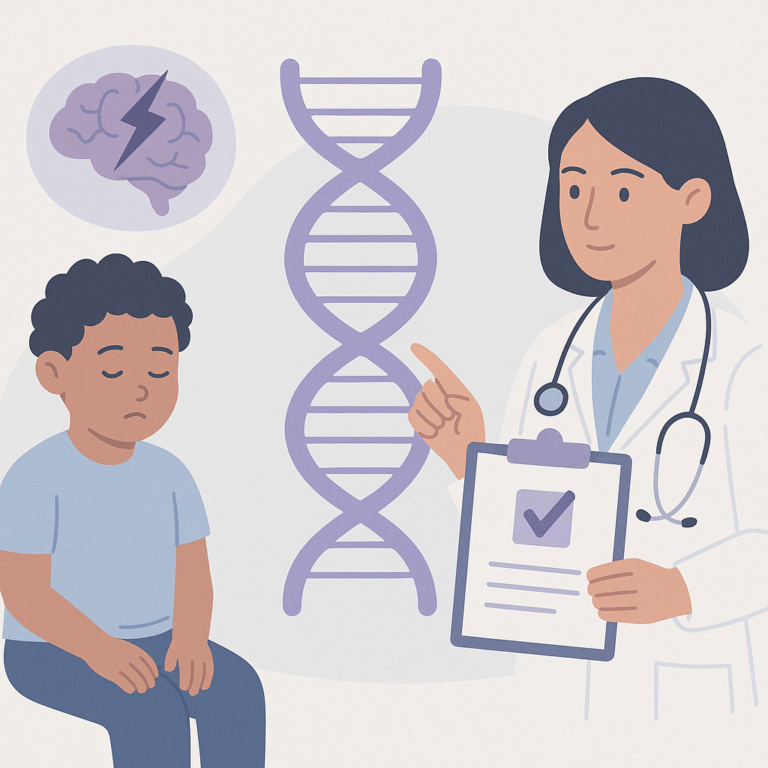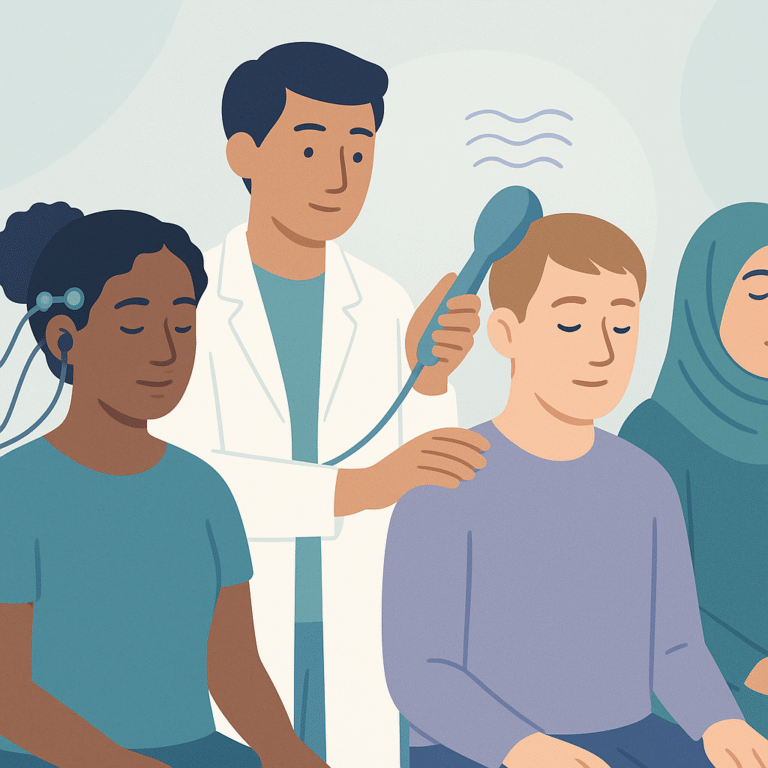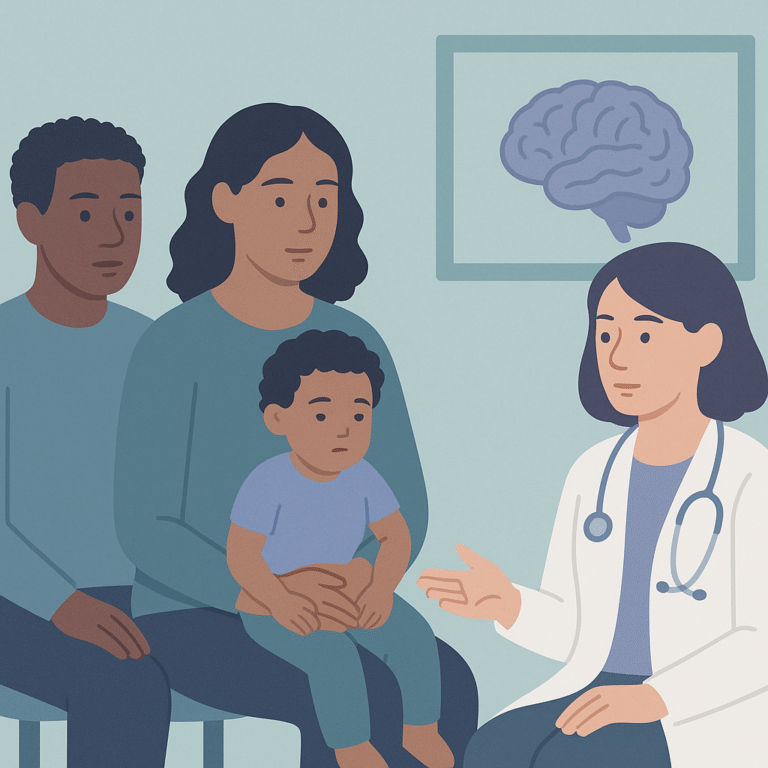New Insights on Frontal Lobe Epilepsy in Children
Source: Brain & development
Summary
Researchers studied a case involving an 8-year-old boy with autism spectrum disorder (ASD) who experienced daily seizures. These seizures included symptoms like staring, stiffening of the arms, and drooping of the mouth. Initially, his episodes were mistaken for behavioral issues related to his ASD. However, when he was 11, a special test called video-scalp EEG revealed specific patterns that indicated the seizures were coming from a part of the brain known as the interhemispheric fissure (IHF).
The key findings showed that the boy had a unique EEG pattern during his seizures, which included bursts of activity in the left frontal area of his brain. This pattern, along with the symptoms he displayed, helped doctors identify the exact location of the seizure focus. While some common medications did not work for him, a drug called lacosamide was effective in controlling his seizures, and he continued to do well on it for three years.
This case is important because it highlights how specific signs and EEG patterns can help doctors accurately diagnose the source of seizures in children, especially those with complex conditions like ASD. It also suggests that lacosamide might be a good treatment option for similar cases. However, since this is just one case, more research is needed to confirm these findings and understand how they apply to other children with epilepsy.
Free: Seizure First Aid Quick Guide (PDF)
Plus one plain-language weekly digest of new epilepsy research.
Unsubscribe anytime. No medical advice.





